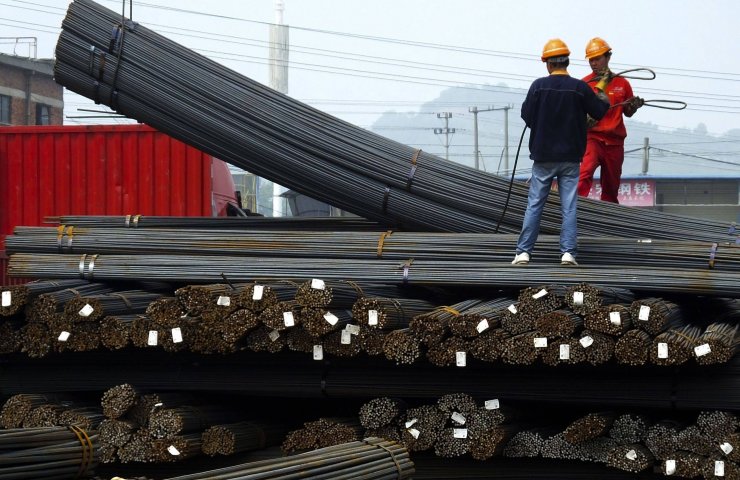The downward trend in world steel prices continued in February. North American and European flat products manufacturers have failed in their attempts to achieve any increase in their price lists. According to February MEPS research, the consensus is that both regions could soon bottom out. Sentiment tends to turn positive - the market is showing potential for stabilization or slight growth in the coming months.
Global steelmakers are likely to be supported in their efforts to raise prices by improving fundamental market conditions. Rising raw material costs and anticipation of improved operations during the traditionally stronger second trimester will help factories to raise prices.
With the exception of materials in North America, scrap metal costs have started to rise worldwide. At the same time, iron ore prices rose on supply concerns over the recent dam collapse in Brazil. Market participants hope that demand in the automotive sector in Europe and North America will increase in the coming months. Besides, construction activity will be stimulated by seasonal factors. In addition, the continued impact of US section 232 trade restrictions and recently introduced EU safeguards will provide US and European steelmakers with some degree of protection against increased imports.
Increased demand in Asia due to restocking after Lunar New Year is expected in the coming months to result in moderate price increases in the region. However, the outlook for demand over the medium term tends to be less clear, as Asian economies, particularly China, are expected to slow in 2019.
Rising trade tensions, especially between the US and China, plus the UK's exit from the European Union, is causing great uncertainty among global steel buyers. MEPS predicts that any change in price conditions in Europe and North America is likely to be modest and short-lived.





